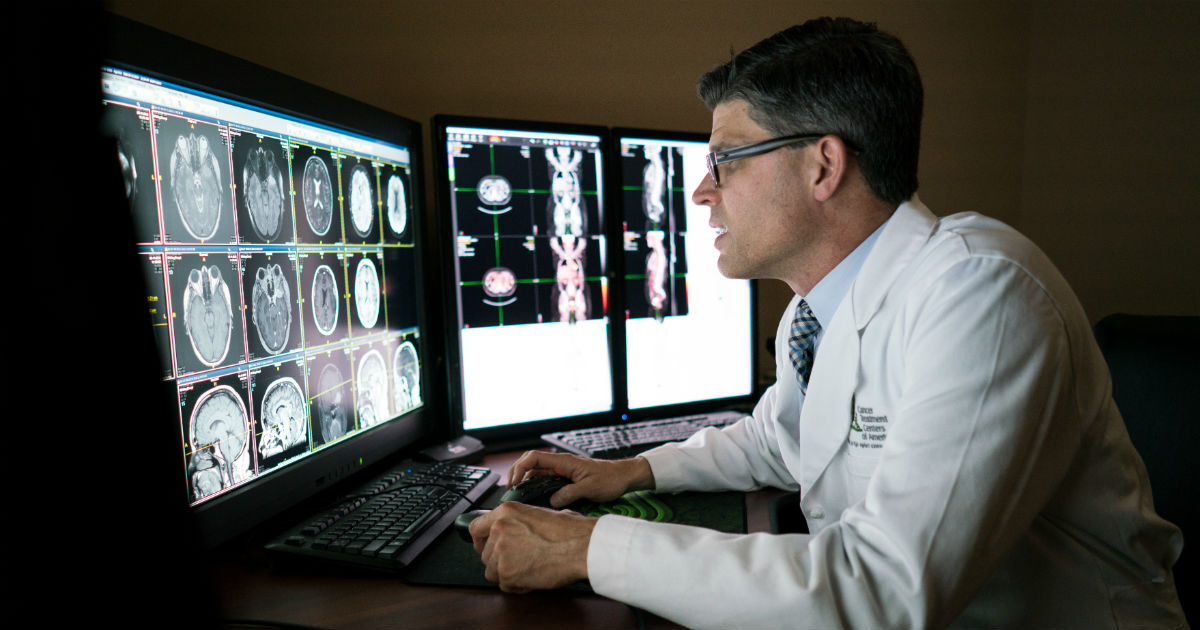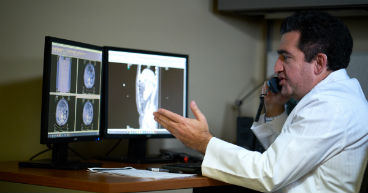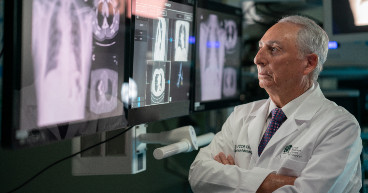
An earlydiagnosisof cancer is often critical in determining the outcome of a patient’s treatment. Statistics show that the earlier your cancer is diagnosed, the better your chances of a more positive outcome. A later diagnosis may create more365beplay体育手机 challenges and poorer outcomes.
As the COVID-19 outbreak continues to strain hospital and other health care resources spent on treating patients with the virus, doctors and patients may be faced with the difficult decision of whether toreschedule screening or diagnostic proceduresfor diseases like cancer. The federal government is urging doctors and hospitals to limit “non-essential planned surgeries and procedures.” So how do you know if yourcancer screeningor diagnostic appointment can be rescheduled? It may depend on which procedure you’re getting.
What’s the difference?
A cancer screening is performed as a regular check for disease even in the absence of obvious signs or symptoms. This may include an annual pelvic exam, a mammogram, chestX-rayor a five- or 10-yearcolonoscopy. Some screenings, such as a pelvic exam or a digital rectal exam, may be part of a regular annual physical. Regular screenings may also be recommended if you havecertain risk factors—if you smoke, have a personal or family history of disease, or are of a certain age or demographic, for for example.
“Screening procedures are performed to determine if there is a malignancy before any such signs or symptoms develop,” saysMaurie Markman, MD, President of Medicine and Science forbeplay体育iosapp下载®(CTCA). “Diagnostic procedures, on the other hand, are looking for cancer in the presence of worrisome signs and symptoms.”
A diagnostic examination for cancer is performed when symptoms, such as bleeding, a lump and/or pain, or other reasons raise suspicions that cancer is the cause. These diagnostics are often conducted as a follow-up to a screening procedure that may have found signs of cancer. For example,your dermatologist conducts a screening when examining you forsuspicious moles, growths or other potential signs of skin cancer, but when removing a mole or growth to have it biopsied, the doctor is performing a diagnostic procedure.Some procedures, such as some blood tests and imaging exams, may be used for both screening and diagnostic purposes.
For those reasons, some screenings may be delayed, while diagnostics may be more time sensitive.“In most circumstances, a delay in performing a scheduled screening test for a period of six months or even a year is not a concern, assuming the absence of any signs or symptoms possibly suggesting the presence of a cancer,” Dr. Markman says. “If any concerning signs or symptoms are present, it’s best to consult with your own physician to determine if a delay in evaluation is appropriate.”
Five-year survival rates by stage
The chart below shows the percentage of patients who survive for at least five years based on the stage of the cancer at diagnosis. The statistics, gleaned from the National Cancer Institute Surveillance, Epidemiology, and End Results (SEER) database, group stages not by number, but on whether the cancer has spread.
| Cancer type | Localized | Regional | Distant |
|---|---|---|---|
| Breast | 99% | 86% | 27% |
| Lung | 61% | 35% | 6% |
| Prostate | 99% | 99% | 31% |
| Colorectal | 90% | 71% | 14% |
| Melanoma | 99% | 65% | 25% |
If you are a cancer survivor or in active treatment and are concerned about how the COVID-19 situation may impact you or your care, please contact your care team.
Learn more about factors to consider before delaying cancer treatment.




